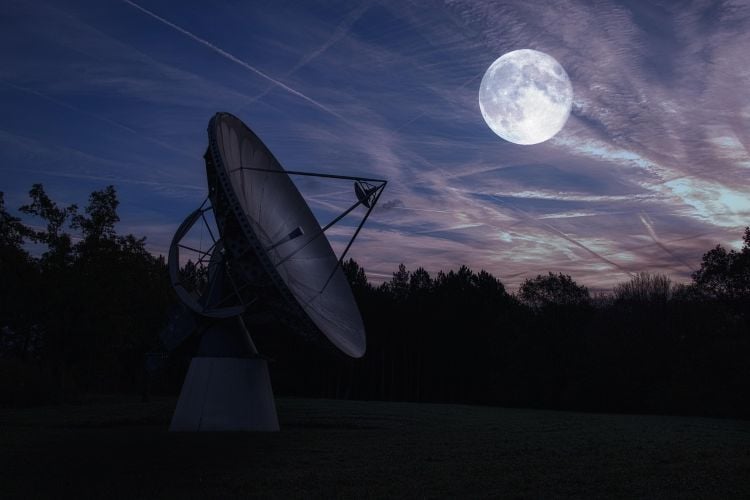What new methods can be developed in the search for extraterrestrial intelligence (SETI)? This is what a recent white paper submitted to the 2025 NASA Decadal Astrobiology Research and Exploration Strategy (DARES) Request for Information (RFI) hopes to address as a pair of researchers from the Breakthrough Listen project and Michigan State University discussed how high-energy astronomy could be used for identifying radio signals from an extraterrestrial technological civilization, also called technosignatures. This study has the potential to help SETI and other organizations develop novel techniques for finding intelligent life beyond Earth.
For the white paper, the researchers evaluated why high-energy astronomy, which involves celestial objects emitting cosmic rays, gamma rays, and X-rays, could be used by SETI for identifying technosignatures, noting how its use has grown in recent years. Additionally, they discussed the potential sources of high-energy emissions, including neutrinos, X-rays, cosmic rays, gamma rays, pulsar wind nebulae, neutron stars, black holes, solar flares, and gamma-ray bursts (GRBs). Regarding how this contributes to specifically identifying technosignatures, the researchers note how high-energy signals could be indicative of a form of communication, industry, and habitat.
For communication, high-energy signals could be indicative of a technosignature since high-energy signals are often needed to send large amounts of data. For industry, high-energy signals could be indicative of specific activities, including rockets, reactors, nuclear energy, accelerators, or even Dyson spheres and star engines, with the last two being far beyond Earth’s technological capabilities. For habitat, high-energy signals could be indicative of life on the surface of neutron stars that survive from nuclear energy and the radiation that neutron stars emit. Finally, the researchers discussed next steps for integrating high-energy astronomy into SETI, including using machine learning, searching X-ray images, neutrino bursts, and gamma-ray observations.
The study notes, “High-energy SETI by and large must be a commensal effort for the foreseeable future. Dedicated programs will only be feasible after much further investigation. At this stage, our efforts will be like those of the early radio and optical SETI pioneers who developed methods and infrastructure that took decades to grow into the robust subfield it is today. An even more basic reason for commensal studies is the difficulty in building optics for some kinds of radiation. Because we cannot make neutrino lenses, every neutrino detector is sensitive to large sky areas, making it a commensal SETI facility.”
The driving force behind SETI is the SETI Institute, which was founded in 1984 with the goal of scanning the heavens for signals that could indicate intelligent life beyond Earth. While no definitive signals have been identified, arguably the closest humanity has come to receiving a signal from another world that occurred seven years before the SETI Institute was founded. This was quickly known as the Wow! Signal, which was a radio signal that lasted over one minute and was received by the Big Ear radio telescope at Ohio State University. This signal was so powerful that the discovering astronomy intern, Jerry Ehman, wrote the word “Wow!” across the data readout. Despite repeated attempts, the astronomers at Big Ear were unable to identify the same signal again, and a signal of this strength and length has yet to be identified since then.
As the search for technosignatures continues, this white paper demonstrates how SETI could enhance and adapt its techniques for identifying intelligent life beyond Earth, specifically using methods that perhaps once seemed unnecessary or unreliable. Since traditional techniques of searching for radio signals on specific frequencies have shown zero results, perhaps high-energy astronomy could open the door for helping astronomers better understand the universe aside from searching for technosignatures.
How will high-energy astrophysics help astronomers identify technosignatures in the coming years and decades? Only time will tell, and this is why we science!
As always, keep doing science & keep looking up!
